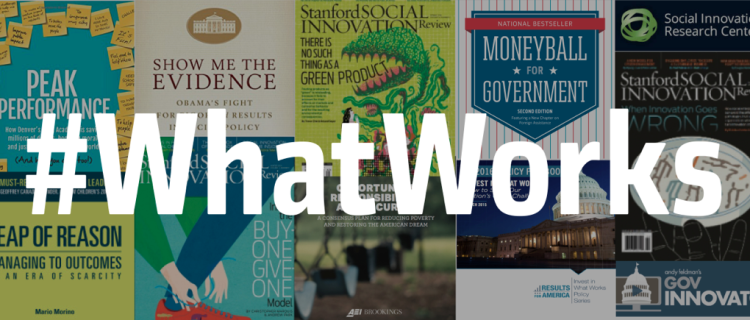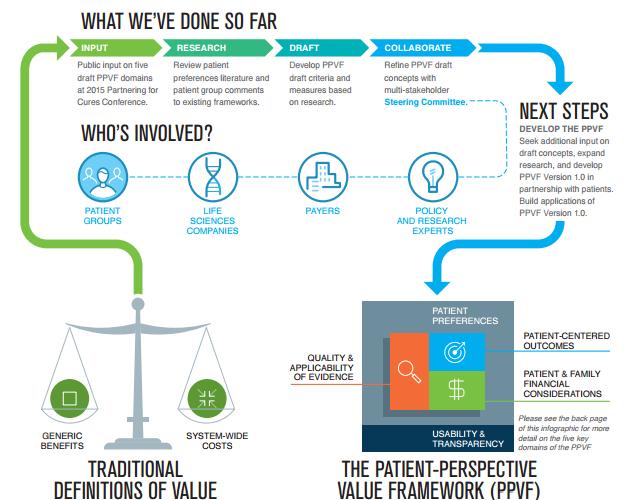Source: Wikipedia. Anscombe’s quartet. Presenting to decision makers? Always remember it’s not a data story you’re telling, it’s a value story. First, ask yourself: What is the message? Why is this valuable and meaningful to your audience? Where did the data come from, and why are your conclusions believable? Then follow these 5 tips to […]
Smart decision-making is more complicated than becoming ‘data-driven’, whatever that means exactly. We know people can make better decisions if they consider relevant evidence, and that process is getting easier. But too often tech enthusiasts dismiss people’s decisions as based on gut feel, as if data will save us from ourselves. Let’s put an end to […]
Sometimes we fool ourselves into thinking that if people just had access to all the relevant data, then the right decision – and better outcomes – would surely follow. Of course we know that’s not the case. A number of things block a clear path from evidence to decision to outcome. Evidence can’t speak for […]
1. Abundant evidence → Clever synthesis → Informed crime-prevention decisions The What Works Crime Toolkit beautifully synthesizes – on a single screen – the evidence on crime-prevention techniques. This project by the UK’s @CollegeofPolice provides quick answers to what works (the car breathalyzer) and what doesn’t (the infamous “Scared Straight” programs). Includes easy-to-use filters for […]
1. Formalized decision process → Conflict about criteria It’s usually a good idea to establish a methodology for making repeatable, complex decisions. But inevitably you’ll have to allow wiggle room for the unquantifiable or the unexpected; leaving this gray area exposes you to criticism that it’s not a rigorous methodology after all. Other sources of […]
To be inspired, your audience needs to see how findings are reliable and relevant. Part 1 talked about creating practical checklists to ensure data-driven research is reproducible. This post describes how to deliver results that resonate with your audience. It’s nice when people review analytical findings, think “Hmmm, interesting,” and add the link to bitly. […]
1. Deep knowledge → Wagering strategy → Jeopardy! win Some Jeopardy! contestants struggle with the strategic elements of the show. Rescuing us is Keith Williams (@TheFinalWager), with the definitive primer on Jeopardy! strategy, applying game theory to every episode and introducing “the fascinating world of determining the optimal approach to almost anything”. 2. Gun controls […]
This week we examine how executives can more fully grasp complex evidence/analysis affecting their outcomes – and how analytics professionals can better communicate these findings to executives. Better performance and more trust are the payoffs. 1. Show how A → B. Our new guide to Promoting Evidence-Based Insights explains how to engage stakeholders with […]
Recent developments in evidence-based decision making in the nonprofit/social sector. Practical ways to discover and exchange evidence-based insights. References, resources, and links to organizations with innovative programs. Data-Driven is No Longer Optional Whether you’re the funder or the funded, data-driven management is now mandatory. Evaluations and decisions must incorporate rigorous methods, and evidence review is […]
When presenting findings, it’s essential to show their reliability and relevance. Today’s post discusses how to show your evidence is reproducible; next week in Part 2, we’ll cover how to show it’s relevant. Show that your insights are reproducible. With complexity on the rise, there’s no shortage of quality problems with traditional research: People are […]







